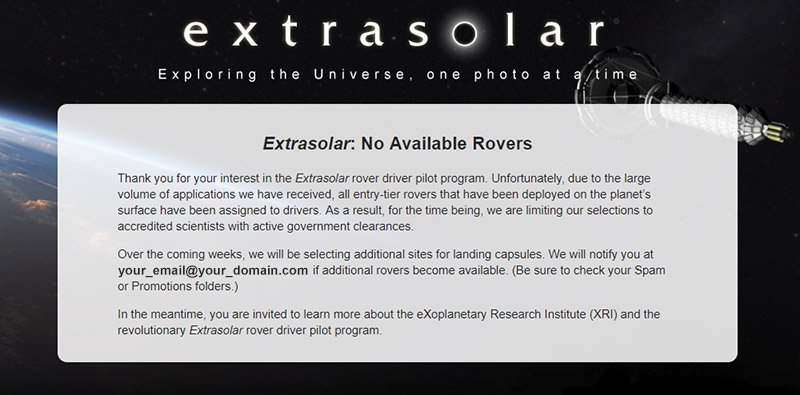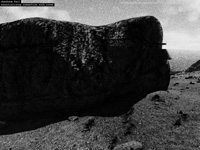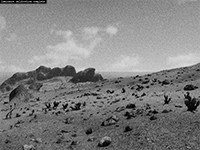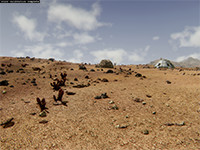"Welcome to the surface of Epsilon Prime."
From February 17, 2014 until December 1, 2018, this site hosted an unusual game called Extrasolar that was unlike anything before it. Inspired by Alternate Reality Games (ARGs), it used videos, cloud-rendered imagery, email, terminal systems, phone calls, PDF files, and a collection of website to tell a story that was half about exploring an alien planet and half about playing a pivotal role in a drama that's unfolding back on Earth.
Despite a cult following, the game was never self-sustaining. Running the cloud services cost me about $900/month. Eventually, it just didn't make sense to keep the servers running.
One of the challenges with this type of unusal game is that once it's gone, it's hard for other developers to study it. It's also a shame when a great story disappears from the world. In this archive, for the benefit of fans and game developers, I'll recount the story as it once existed.
To learn more about why I eventually shut down the game, check out the official postmortem. For players who would like to share memories from the game, feel free to visit our forums.
The Rabbit Hole
There were a few ways you might learn about Extrasolar. Some websites, like WhatIsExtrasolar.com gave a glimpse behind the fourth wall, explaining that Extrasolar is, in fact, a game. But most rabbit holes, including invitations from friends or the website for the Exoplanetary Research Institute (XRI), stayed within the fiction of the universe. Here's an example video where you might learn about the Extrasolar program.
The surprises begin as soon as I sign up. When I create an account, I'm told that all of the rovers have already been allocated.

Moments later, a terminal pops up in front of the message. One line at a time, messages appear -- someone is reaching out to me!

Here's the message in its entirety:
> please don't close the window.
> it's a one-way messaging script, so don't bother trying to reply.
>
> i go by kryptex81.
> but who i am isn't important.
>
> i don't trust the extrasolar program.
> lots of history there.
> let's just say i have good reason to look a little deeper.
>
> i'm monitoring your ip address, so i know you were rejected...
> i have access to their voicemails and messaging, but their intrusion detection system firewalled me out of the rover control application.
> plus, there's no way i could apply with my own identity.
> i need a clean account and ip address.
> access that looks legitimate.
>
> here's the deal.
> i give you a backdoor account, get you a rover.
> you become my eyes and ears on the inside.
>
> i set up a backdoor link to get you rolling.
> a dummy account with an aced entrance test and signed nda.
> https://backdoor-link/...
>
> or don't.
> there are piles of rejected applicants to choose from.
>
When I click the provided link, as promised, my account gets unlocked.

Waiting in my Extrasolar inbox is a welcome message from one of the program organizers, Dr. Robert Turing.
During a brief tutorial, I'm shown how to use my map to drive my rover to a new location and schedule a photo. I'm also shown how to tag portions of my photos in order to identify areas of interest for the science team.
With the simulation training complete, I'm officially issued a rover.
There are four new images waiting for me in my gallery. As explained in the video, my rover was instructed to take these photos as part of its wake-up and calibration process.
Meanwhile, the user interface I use to monitor my messages, tasks, gallery, and discoveries is starting to fill up with more requests. In the right column of this page, I can monitor real-time data for the moon phases and time of day on Epsilon Prime.

Withinn an hour, there are three new messages from XRI and the mysterious hacker who got me in the back door of the program.
Following the instructions from the XRI team, I schedule a photograph of the lander.

Everything takes place in real-time, so when I schedule a photo for 4 hours from now, it takes 4 hours (or 1 hour for paying members) for my rover to move to that location, snap a photo, and send it back to Earth. When I arrive at my lander, this is what I see.














